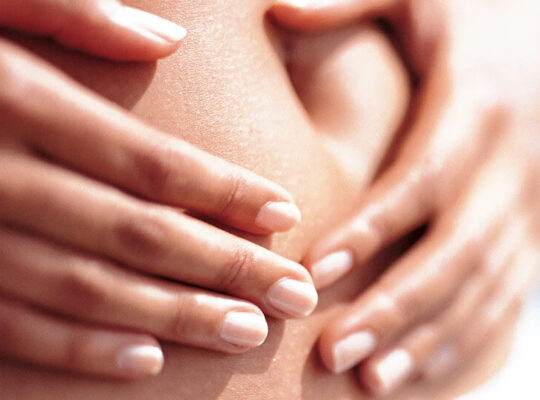
Pelvic Floor Therapy for Endometriosis in New York City
Pelvic Floor Therapy for Endometriosis in New York City Pelvic Floor Therapy for Endometriosis Endometriosis Explained Evidence Pelvic Floor Physical Therapy Reduces Pain What are Endometriosis Symptoms How Can Pelvic Floor Physical Therapy Can Help? Benefits of Pelvic Floor Physical Therapy for Endometriosis Next Steps To Learn More About Pelvic Floor Physical Therapy for Endometriosis …

